

NOTE: Some these book I read in german or dutch and I’m not sure if they have an english translation.

If you are a self-taught programmer and lack some knowledge regarding patterns, this is a great book for you. It describes common patterns like the strategy pattern, observer pattern, composite pattern and many more. Each chapter describes some design principles that you also have seen but perhaps did not know the name of. The book helps you to communicate in proper terms with your team mates.
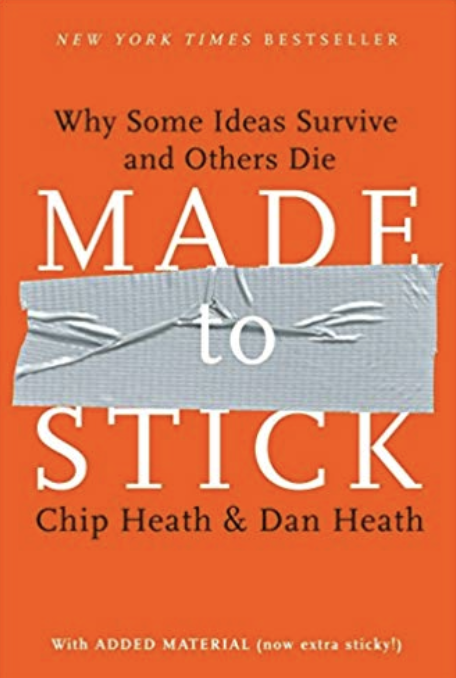
This book is about how to create messages that stick in the heads of your customers, students, family, friends. It describes why urban legends are to resilient and how metaphors can help you with your message. This book has many examples that you can draw experience from.

Everything I read or hear from Aartjan van Erkel inspires me to make changes in my apps, training and websites. This book lays out 10 steps how to distinguish yourself from your competitors with effective storytelling, clearly stating your position and other techniques you can use while communicating with customers.
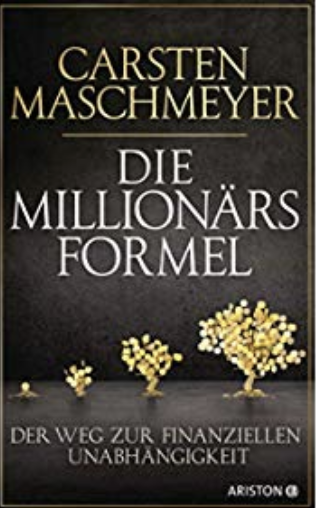
Perhaps you will never be a millionaire but this book can help making trading and investing less scary. Some people describe this book as having too much “beginner info”. But that might be exactly what you are looking for. Apart from an introduction into ways of investing, this book communicates many small life lessons that I quite like. These include dealing with fear, how journalling helps you with insights, how to achieve change and that it’s never too late for anything!

This book gives an overview of the first half of Benjamin Franklins life. He writes about the many opportunities he got in life and how he took them. He writes about his early decision to live a virtuous life and how he felt he benefit from it. Unfortunately the book does not describe the era of the declaration of independence. I also missed the part where he starred in Day of the Tentacle. But apart from that, it is an inspirational story about a true polyglot.

I’ve read the first and second edition and though many examples stem from the early website days, the concepts are still rock solid. Stop reading blogposts with titles like “5 ways to make your UX better”, “8 ways to make your buttons clickier” and “What users really want”. Read this book and find out about tried and tested concepts that go back way beyond digital media.
Don’t Make Me Think: A Common Sense Approach to Web Usability, 2nd Edition

Are you interested in typography? This book teaches you the basics and explains how to create an enjoyable reading experience in print and digital media.
When I tell people about this book, some people respond that it sounds like manipulation. But I think that if you apply the lessons learned in this book with a genuine interest in other people, everybody wins. The book talks about being interested in other people, how to make a cincere compliments and how to make others feel better about themselves. In my view it helps to establish a good connection that leads to better relationships. It was published in 1936 and is still very valid in 2017.

How to Win Friends and Influence People
This book is all about habits that prevent us from making the next step in our careers.

What Got You Here Won’t Get You There
I enjoyed all books by Dan Ariely but this one is my favourite. Dan Ariely writes and speaks about human nature and how the decisions we make might not always be rational.
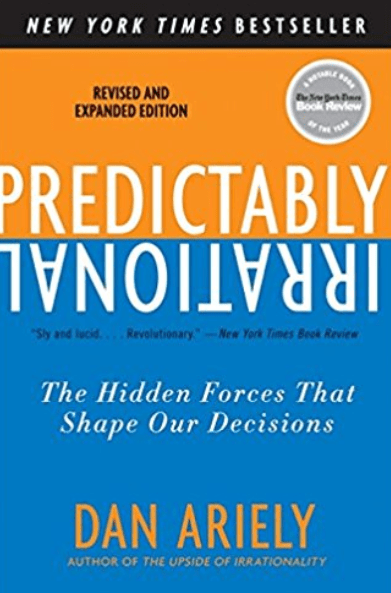
I found this book while traveling in the south of Germany and it was quiet unputdownable. It has 52 short stories about errors in our thinking.

My all-time favourite book. I’m pretty sure it’s only available in Dutch and I wish it was translated into english. Forget everything you know about presenting. In fact, forget about Powerpoint. Powerpoint should be cremated according to Remco Claassen, the author of Verbaal Meesterschap. This book has so many tips and tricks to speak in public. Any speakers who reads it, automatically adds deeper impact, better empowerment and more entertainment to their talks! They might actually be able to influence people instead of talking them into a coma.
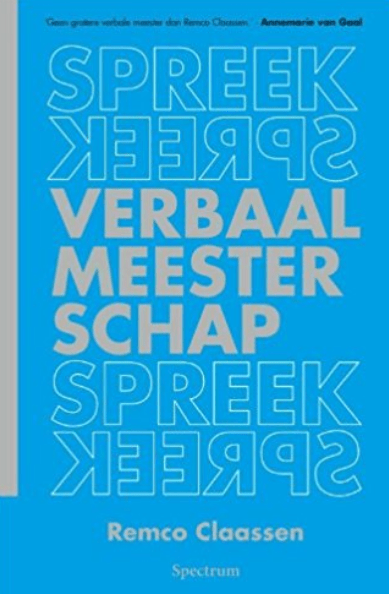
An enjoyable book by Berthold Gunster. It’s all about omdenken which is dutch for ‘Reverse your thinking’. Something does not go the way you want? Turn it into something pleasant. It seems hard but Berthold shows many examples how to do this. And even if something bad happened to you this books makes you aware that at least you learned something.

This book is going in and out of print. Buy it when you can! To be honest, it is not the nicest read. In fact, I don’t think I read a lot from it. But as the title says, it is all about grid systems. This book will teach you why you should never put more than X words on a page when the leading is Y and the font is Z. Learn from this book how to create readable text in design.

Grid Systems in Graphic Design
Recommended by my good friend Andrew, this book was such a treat! Amazingly well-written and awesome subjects. I studied electrical engineering a long time ago and this book got me reacquainted with current, voltage, power, relais and how these electrical things leads to building a computer. If you work with computers every day and like electronics, read this book. Charles Petzhold will take you from Telegraph Relays to building your own adding machine!

“Karl Marx was right”. This is the powerful openaning statement of the book and I’ve read it at least three times. It’s just so much fun to read. The book is all about change. How important difference is and how we cannot do “business as usual”. We need Funky Business.
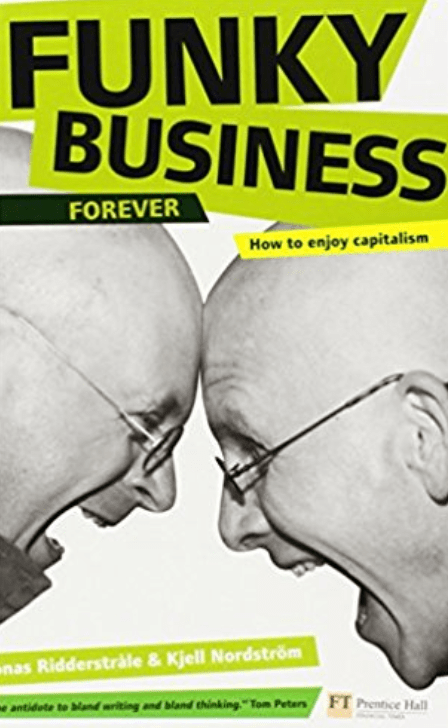
I saw a link to this book on Austin Kleons blog. It is all about being a human being. With all our funny behaviors, good and bad sides. Tim Kreider has a great way to describe awkward situations between friend, family and partners.
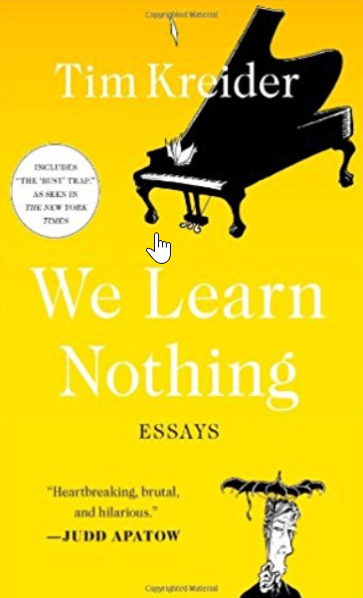
Susan cain has a great Ted Talk about introverts. If you like it, you will like the book. The book explains the workfloor dynamics between introverts and extroverts. If you are one of either (which you are) you will benefit from reading this book to get a better understanding what it is to be introverted.
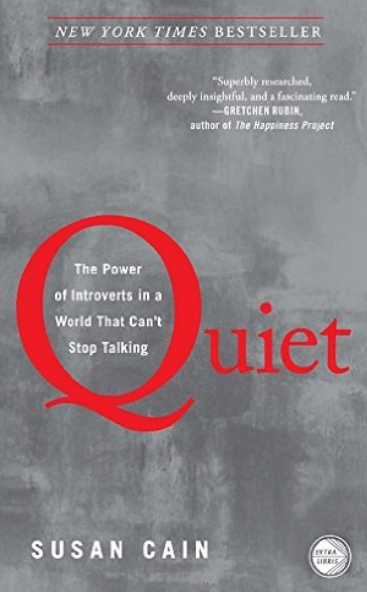
Neil deGrasse Tyson is such a great storyteller. This book takes you on a journey along our solar system, our place in the universe and the rest of the cosmos. If you have any interest in cosmology, this book is for you!

Are you an employee or a manager? You have probably went through training, read books and saw ted talks on workfloor dynamics. There are many ways to find out personality types but there is always one missing: The Weasel (Or rat as we call them in The Netherlands). This book is all about weasels at the workfloor. Recognition and laughing-out-loud guaranteed! From the writer of Dilbert.
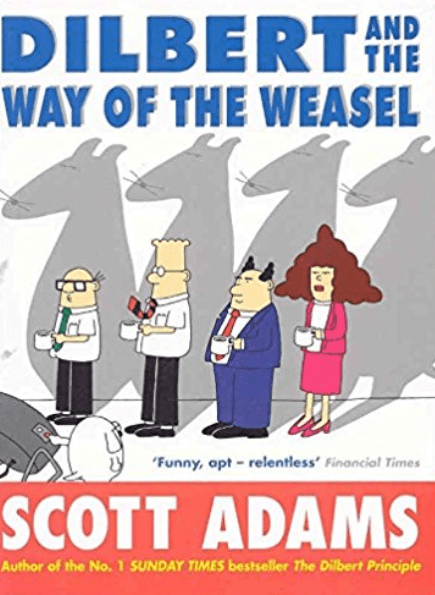
Dilbert and the Way of the Weasel
Just like good design from the sixties/seventies is still good design in 2017, so are the lessons learned in this book. The book describes the complexity of writing software. How a garage-duo product cannot be compared to software that has to be maintained by big teams, has documentation and has to run over networks. It also describes the role of the lead-programmer and how we could create better teams by making managers into administrators instead of decision-makers. The author argues that a software team should work like a hospital operating room. Where the lead-engineer (or architect) takes all the decisions, just like a sergeon.
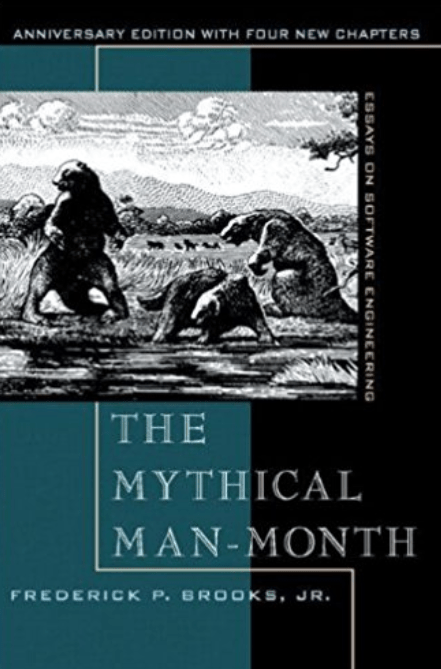
Have you been writing software for a while and want to brush up your algorithm knowledge? This book explains the difference between arrays and linked-lists. Why things get slower exponentially when doing them a certain way. It describes sorting methods, trees and graphs. The book uses python as programming language which was a nice bonus to me since I never used the language before. After reading this book, the next time you find yourself in the middle of another (almost religious) memory and performance discussion, you can use what you learned here.
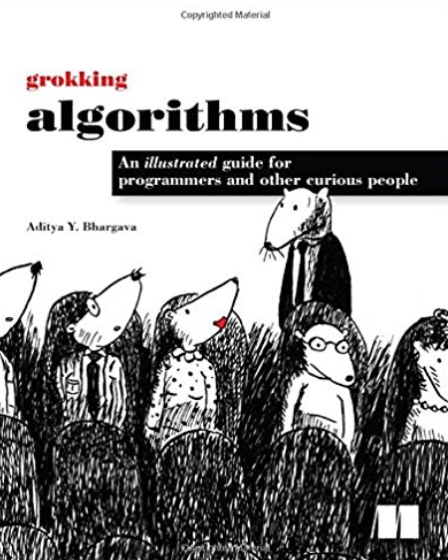
I found this book in our book shelve in the HoloLens studios in Berlin and it definitely made a huge impact on the way I look at programming. The book contains 15 interviews with programmers like Jamie Zawinsky (Netscape, Mozilla), Douglas Crockford (inventor of JSON and author of Javascript: The Good Parts), Brendan Eich (Creator of Javascript) and many more computer programmers. The book reads like a novel and made me lookup at least 50 things unknown to me before. It also has a huge number of references to other influential books. I bought my copy of the book and it has notes in the margins of almost every page. I can highly recommend this book to anyone wanting to know more about the history of computers and programming.
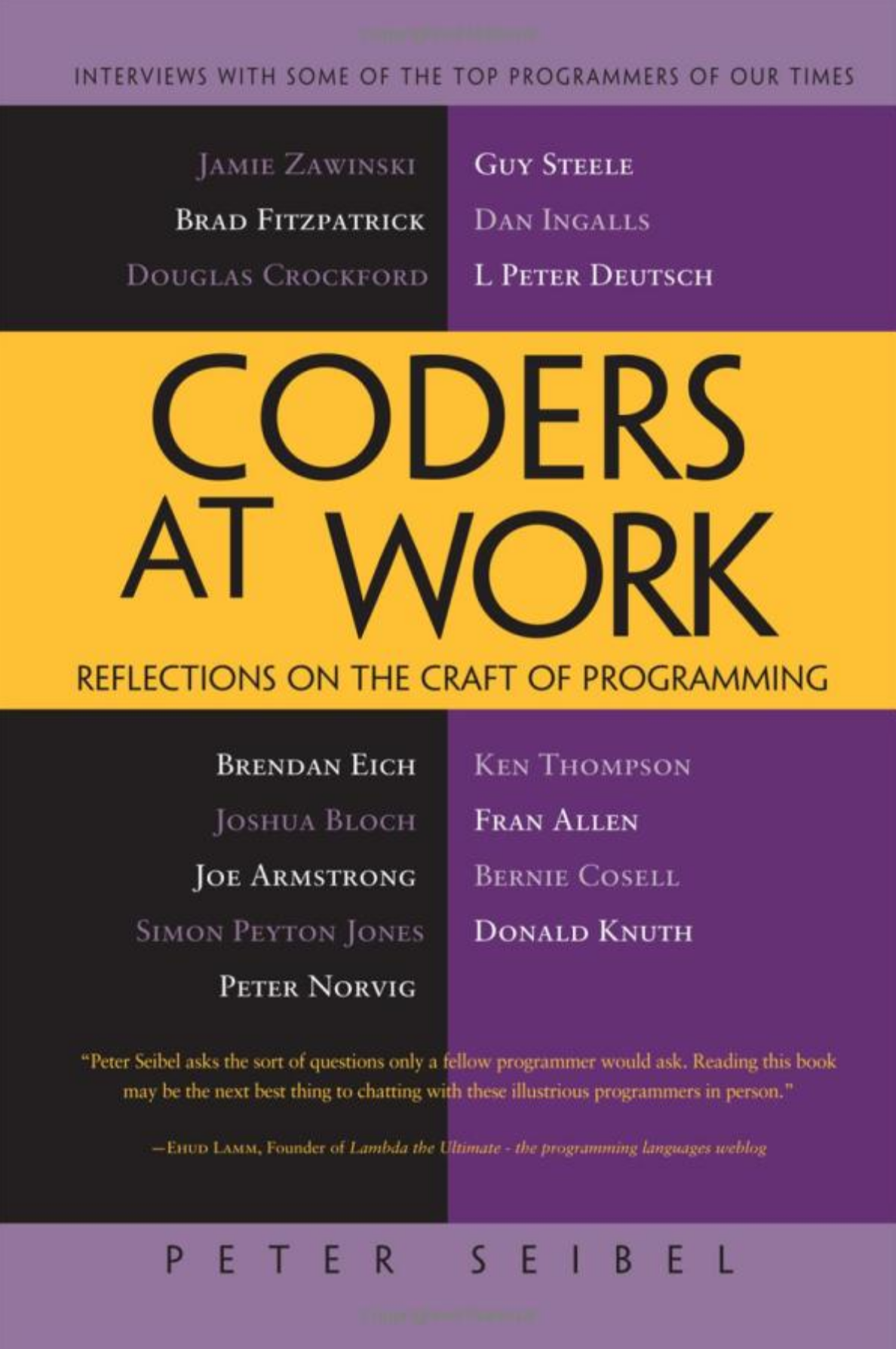
I’ve only added books to the list I read at least twice. But there are many more books and authors I’d like to recommend. Authors like Carl Jung (psychology), Carl Rogers (psychology), Steven Covey (self-help), Tony Buzan (brain and memory), Joshua Foer (brain and memory), Dick Swaab (brain), Jos Burgers (business), Spencer Johnson (business), William Shirer (history), Nassim Taleb (business) and Dostojevski (Novel) are among them.
If you ever read one of the books in the list, let me know what you think of it. I would love to hear your thoughts!